When we finally realized we were going to make it back to the U.S., that most places in New Mexico were still locked down with the pandemic, and that we couldn’t stay with our medically vulnerable relatives, Bob and I did a quick search on Air B&B to find a place to live temporarily in Albuquerque. One of the most affordable bragged about being two blocks from the zoo, accepted pets, and looked like a cute little casita, so we snapped it up for a month.
As a result, we have been living the Barelas Neighborhood, just south of downtown. Established in 1662, Barelas actually predates Old Town Albuquerque and was absorbed into the city in the 1890s as the railroad expanded its reach across the U.S. Encompassing the Albuquerque Zoo and the old rail yards, the neighborhood is a crazy maze of lot sizes, housing types, and yard decorations. The old railroad houses, mostly remodeled and gentrified, sit alongside old adobes of all shapes and sizes. It’s full of friendly people and barking dogs.
While it’s very different from Panamá in many ways, at times over the weeks we’ve been here, I sometimes feel like the universes between here and Panamá are converging, or bumping into each other, or at least running in parallel, as so much is the same, even when it’s different. Read on, and I’ll explain.
Cinta Costera/Bosque Bike Trail
One of our very favorite things about living in Panamá City was our morning walks on the Cinta Costera, the “coastal ribbon” that winds along the city’s seafront. Other dog walkers and joggers enjoyed the sunrise, the cool part of the day, and beautiful views of ocean and city as they took in their morning exercise. In the same way, the Bosque Trail, which is just a few blocks from us, is used both morning and evening by walkers, joggers, cyclists, and stroller pushers. It’s nice to wave and say hi as we ramble along, just as we did in Panamá.
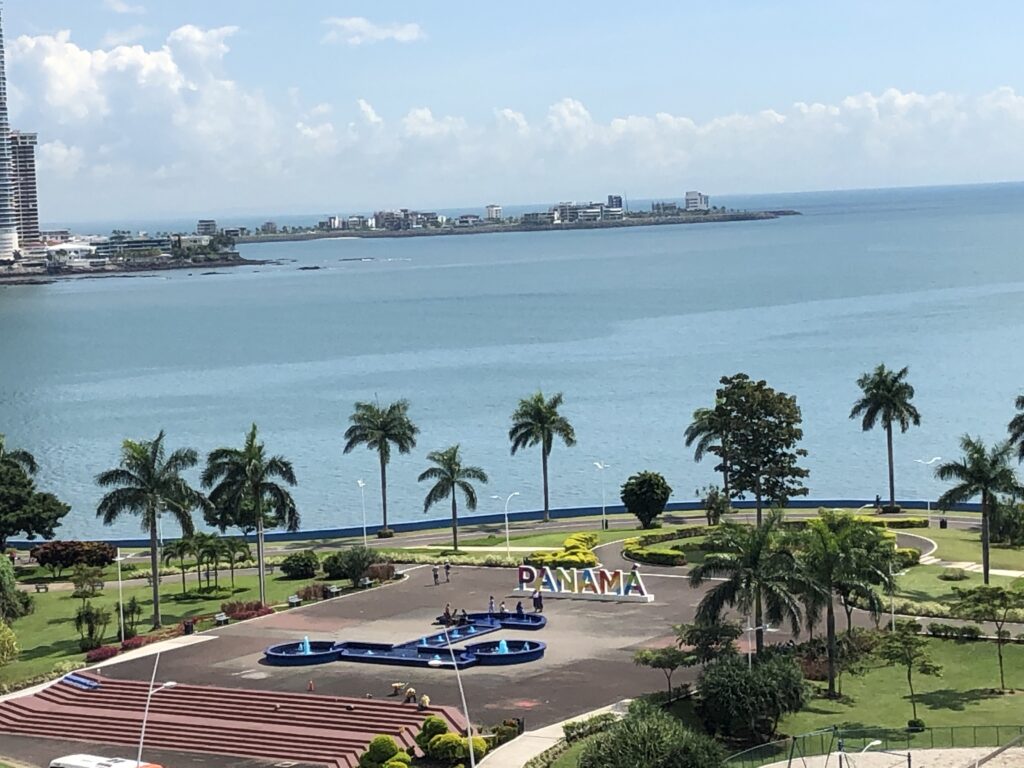
Panamá Tree/Cottonwood Tree
The origin of the name of Panamá is shrouded in mystery. Some says it’s named for the Panamá Tree while others say the tree is named for the country. Regardless, Panamá Trees are huge and beautiful and a symbol of strength for the country. In New Mexico, Cottonwood Trees are also symbols, a signal of the presence of running water, the lifeblood of the desert. The two trees are representative of their respective locations, and living just a few blocks from the Rio Grande bosque, we have Cottonwoods all over. The cotton from the trees floats by and clings to just about everything. Parts of the bosque look like a snowstorm has been through. The forests of Panamá Trees in Panamá and Cottonwood Trees in Albuquerque smell fresh and earthy and provide a quiet respite from the noises and bustle of the cities.
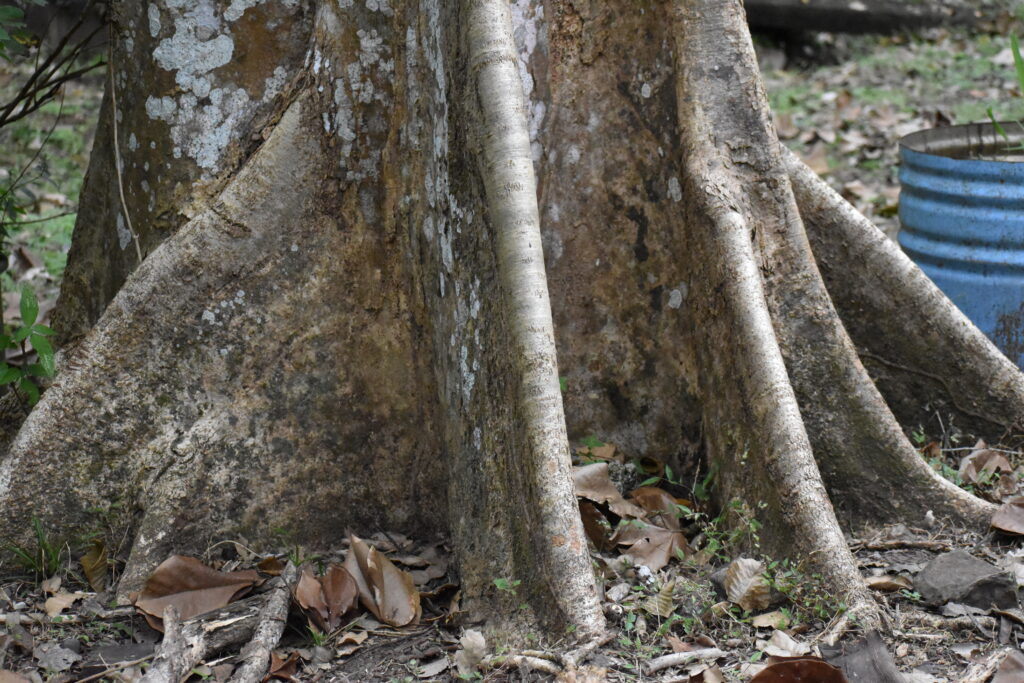
Trunk of a stately Panama tree 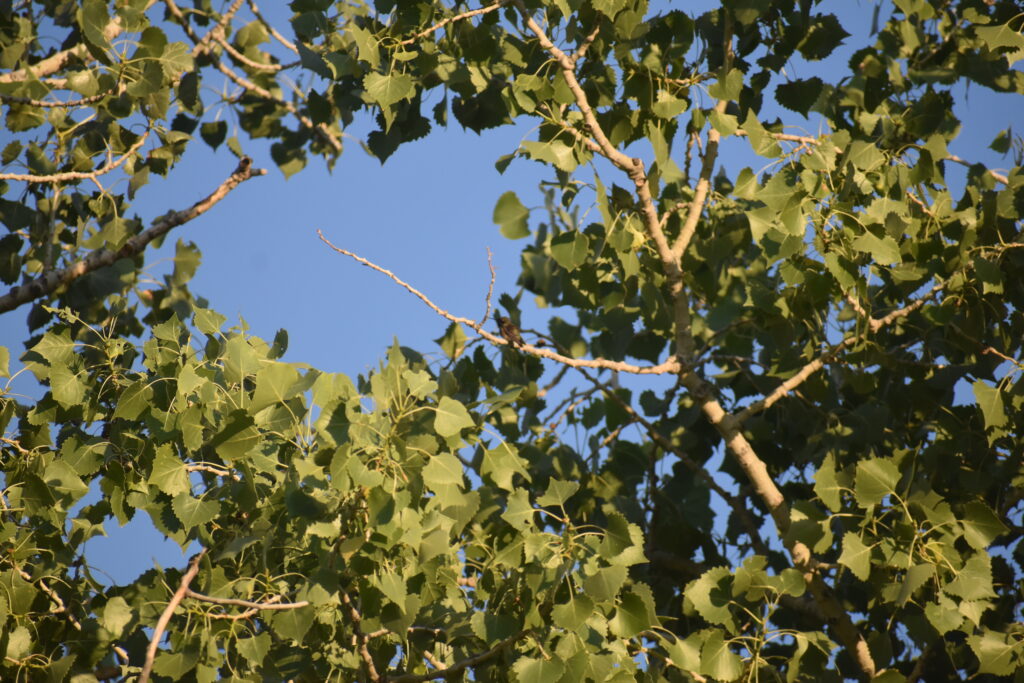
Cottonwood leaves against a blue NM sky
Sloth/Porcupine
This may be a stretch, but sloths are cute, slow moving creatures. So are porcupines. Sloths inhabit most forests in Panamá. I’m not sure how prevalent porcupines are in New Mexico, but we’ve certainly seen our share as we’ve wander the bosque. They are fun.
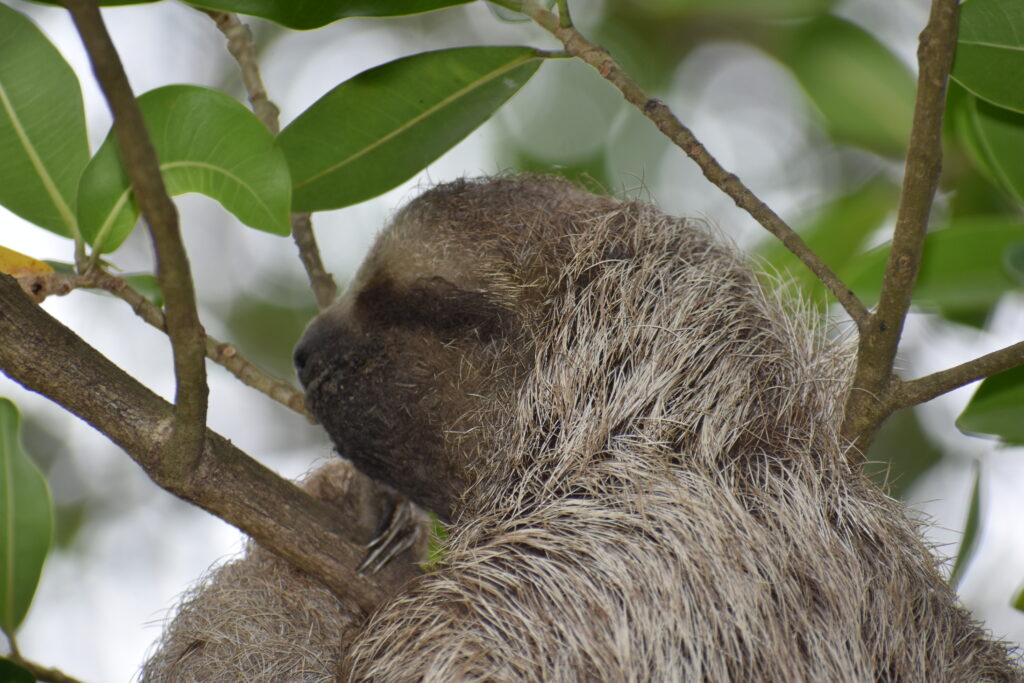
Sloth 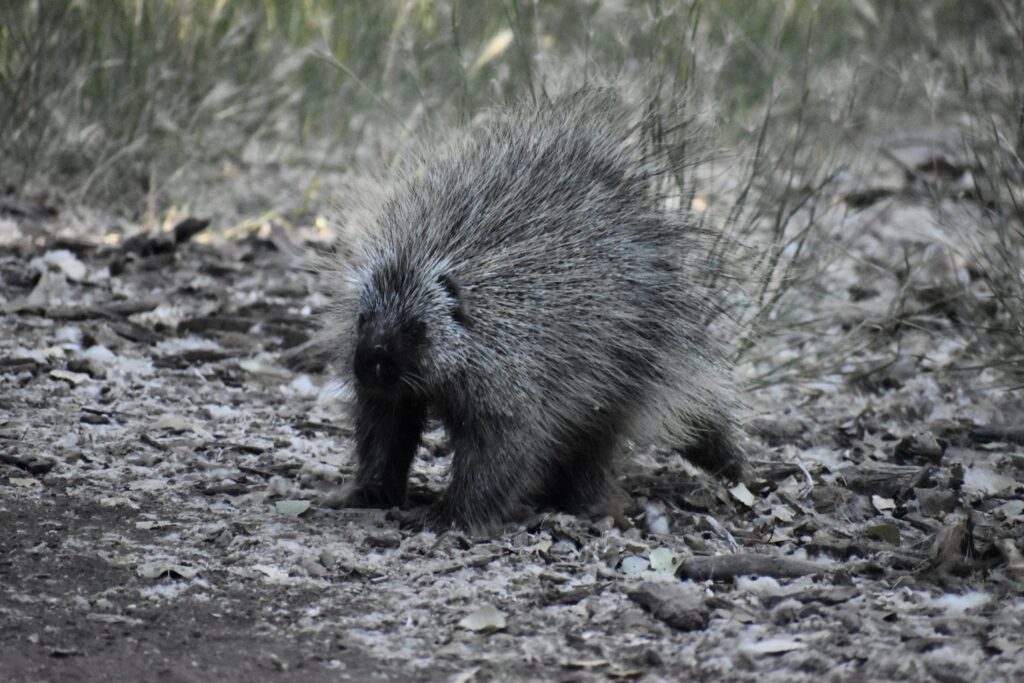
Porcupine
Parque Natural Metropolitano/Rio Grande Valley State Park
As those of you who follow this blog will recall, one of my favorite places in all of Panamá City was Parque Natural Metropolitano, the 573-acre nature park that is part of the city landscape, one of the largest natural parks in the world (http://heathers6wadventures.com/muchos-aves-muy-bien/ and http://heathers6wadventures.com/bosque-encantado-enchanted-forest/). I loved arriving early, hiking the trails, and seeing the incredible variety of birds, along with monkeys and sloths.
Rio Grande Valley State Park (https://www.cabq.gov/parksandrecreation/open-space/lands/rio-grande-valley-state-park) is a long, skinny 4,300-acre park that follows the river from Sandia Pueblo south to Isleta Pueblo and encompasses both the east and west sides of the Rio Grande, which, by Panamá river standards isn’t very grand. Still, it’s full of colorful birds and other critters. Since I can walk rather than having to take a bus, I don’t need to arrive quite so early. There is less wildlife because there are fewer resources such as bugs and water, but it’s still a great place to visit and view.

The enchanted forest that is Parque Metropolitano Natural 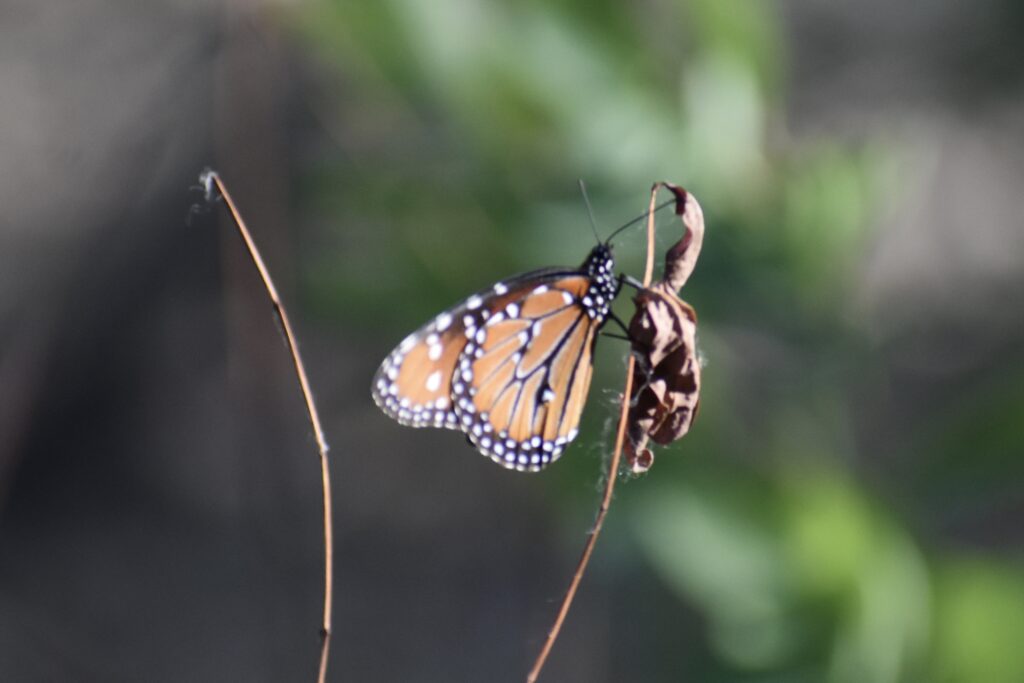
The enchanted forest that is Rio Grande Valley State Park
Spanish Aquí, Allá, y en Todas Partes
I love walking down the street in the neighborhood here and listening to Spanish. I can actually understand a good bit of it, as New Mexicans speak a slower version of Spanish and don’t drop the last syllables from their words—one of the things I found most difficult about trying to learn and to listen to Spanish in Panamá. Here, no one expects us to know Spanish, and for the first time in my life I’m able to surreptitiously eavesdrop on conversations in another language!
El Supermarcado
We loved our grocery store in Panamá City. Riba Smith seems to be everyone’s favorite chain in Panamá. It had an excellent selection; great fruits, vegetables, meats, and seafood; and the prices were pretty good. However, the aisles were quite narrow. Older Panamanian ladies would stand in the center of the aisles, looking for items without a care in the world and not in the least bit worried about blocking traffic. Back in the states, we are shopping a huge Smith’s (Kroger chain), not quite as big as the one in Los Alamos but still one of the largest I’ve seen. Still, the aisles tend to be narrow, and older Hispano ladies stand in the middle, looking for items without a care in the world and not in the least bit worried about blocking traffic. Since I now know how to channel my inner Panamanian (subject of an upcoming blog), I just smile and wait.
Sunrise/Sunset
The photos can speak for themselves.
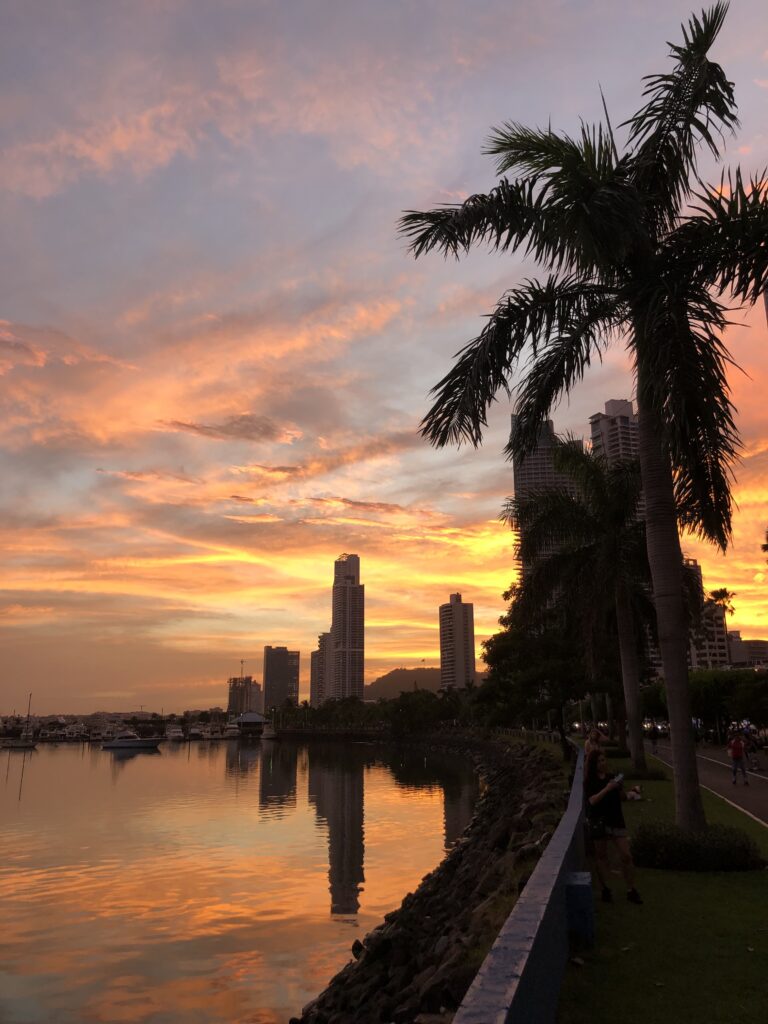
Panamá 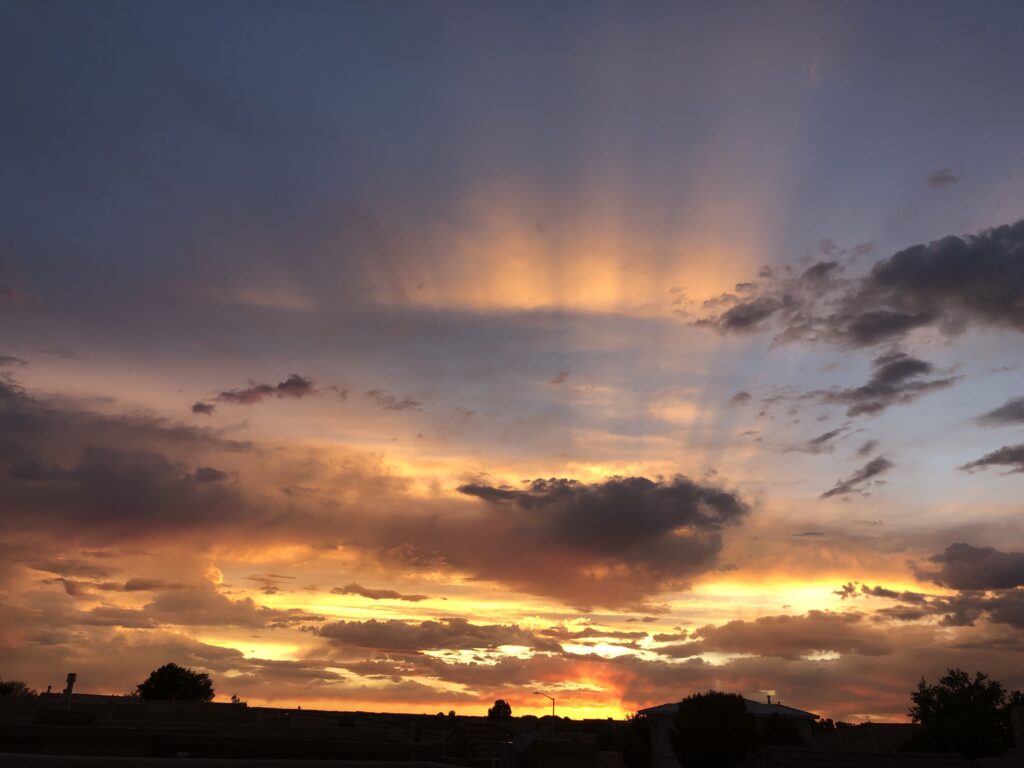
New Mexico
Summer Tanagers
In Panamá, I was so thrilled to see a few of these beautiful bright red birds. They were definitely a bucket list bird, or a lifer, as birders call them. The first day I walked into the bosque back here in New Mexico, I saw a Summer Tanager, and I see one almost every time I’m in the forest now. (It could be the same one over and over, but I like to think not).
I sent a photo of this beauty against our gorgeous blue New Mexico sky to Miguel, my birding guru in Panamá who took us on our New Year’s Day birding walk. (http://heathers6wadventures.com/its-all-about-the-birds/) He reminded me to send them back when winter comes to New Mexico.
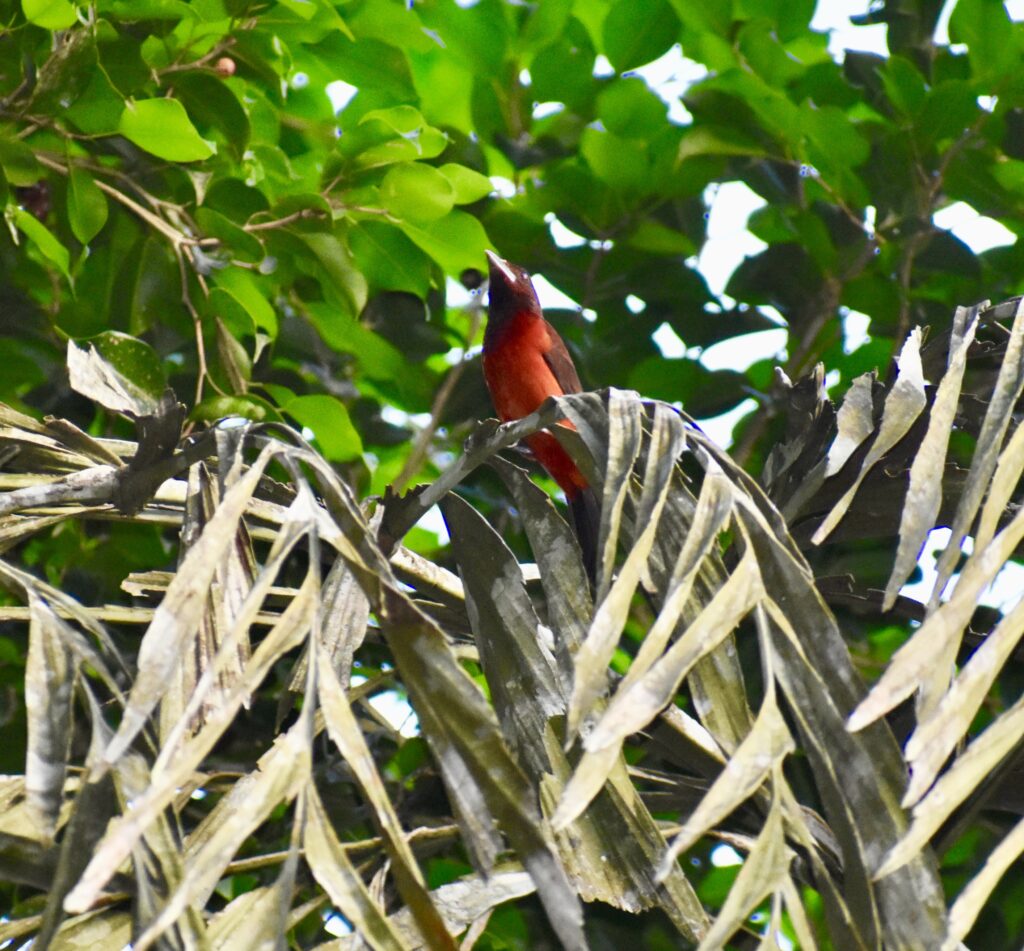
Summer Tanager, Panamá 
Summer Tanager, New Mexico
And Finally, Roosters
Some people in Albuquerque, especially in the south valley, have urban chickens. Everywhere in Panamá (not as much in the city but certainly everywhere else, especially in Santa Fe), chickens are free to roam and to deliver eggs directly on the front porches. Roosters crow all the time in both places. Roosters in Panamá crow any time of day or night. The ones in Albuquerque tend to keep their noise to early mornings—maybe crowing at dawn is just an American rooster thing.
Nonetheless, every rooster crow I hear now transports me for a moment to that 600-mile long, 50-mile wide country, full of water and wildlife, and a maker of excellent memories.
Excellent observations and wonderful writing!
Thanks! The world is full of adventures, no matter how far or near.
I love the way you play connect-the-dots with your travels.